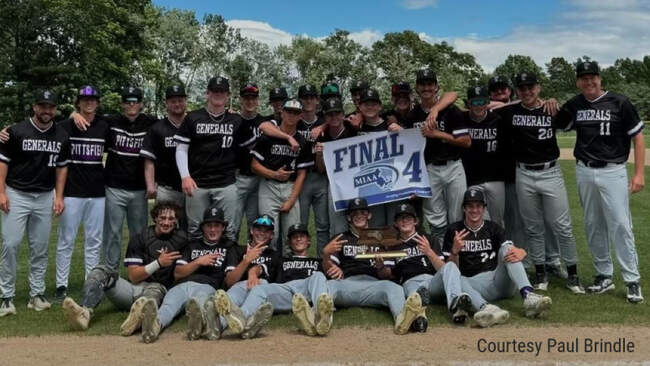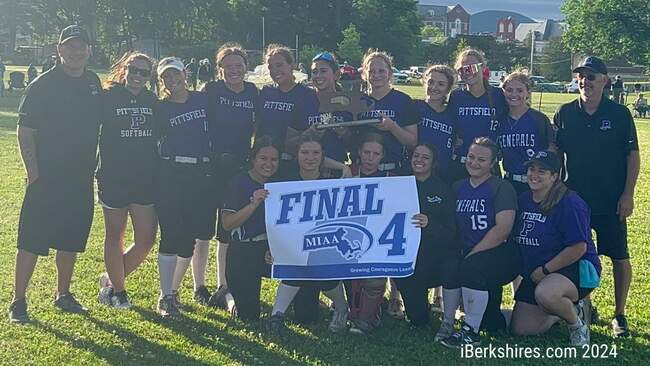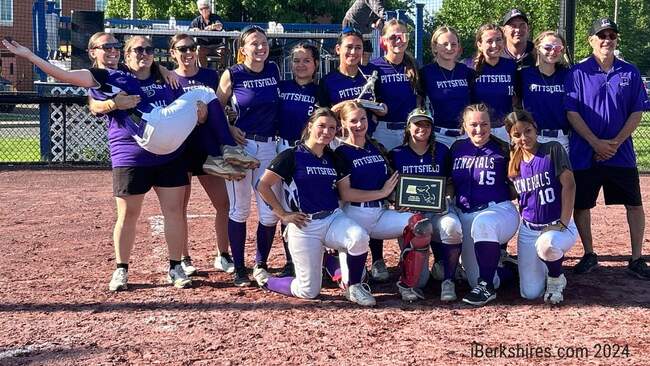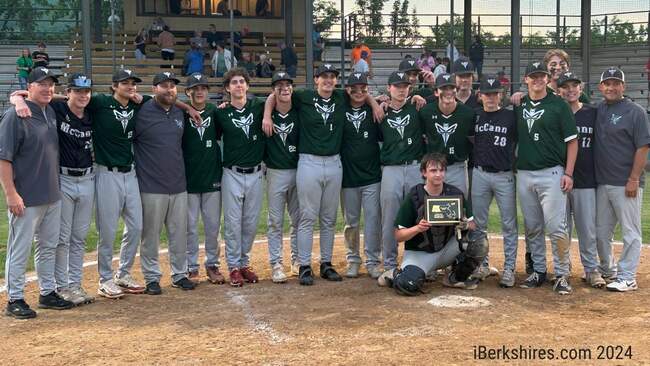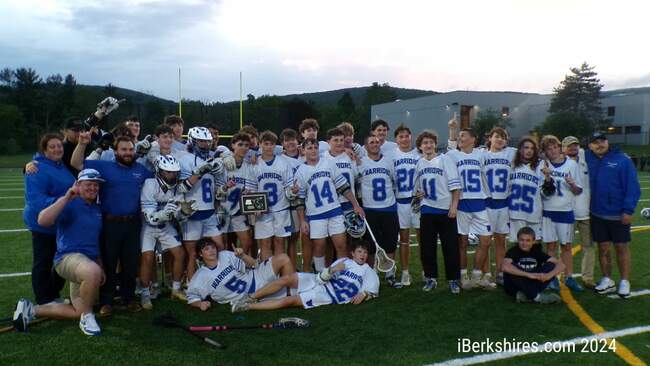
Medical Matters Weekly Welcomes Breast Cancer Researcher
 |
BENNINGTON, Vt. — The next guest on Southwestern Vermont Medical Center’s Medical Matters Weekly is Linda Vahdat, MD, MBA, a leading breast cancer researcher who has developed breast cancer drugs that have saved hundreds of lives. The show airs on Facebook Live at 12 p.m. on Wednesday, Oct. 5.
Dr. Vahdat is the section chief of Medical Oncology and the interim section chief of Hematology at Dartmouth Health and a professor of medicine at the Geisel School of Medicine at Dartmouth. She earned her medical degree at Mount Sinai School of Medicine and completed an internal medicine residency at Mount Sinai Hospital, both in New York City. She completed a fellowship in Hematology/Oncology at Memorial Sloan-Kettering Cancer Center in New York City.
A translational breast cancer medical oncologist, Dr. Vahdat’s expertise is in drug development. She has been involved in the identification, conceptualization, design, and conduct of clinical trials of new therapies in high-risk, adjuvant, and metastatic breast cancer patients since 1994. She has led four separate drug development efforts that lead to FDA approval of three drugs active in metastatic breast cancer.l
Medical Matters Weekly is produced by Southwestern Vermont Health Care (SVHC) with cooperation from Catamount Access Television (CAT-TV). Viewers can view on facebook.com/svmedicalcenter and facebook.com/CATTVBennington. The show is also available to view or download as a podcast on svhealthcare.org/
The show is broadcast on Facebook Live, YouTube, and all podcast platforms. After the program, the video is available on area public access television stations CAT-TV (Comcast channel 1075) and GNAT-TV's (Comcast channel 1074), as well as on public access stations throughout the United States.

Tags: SVMC,

